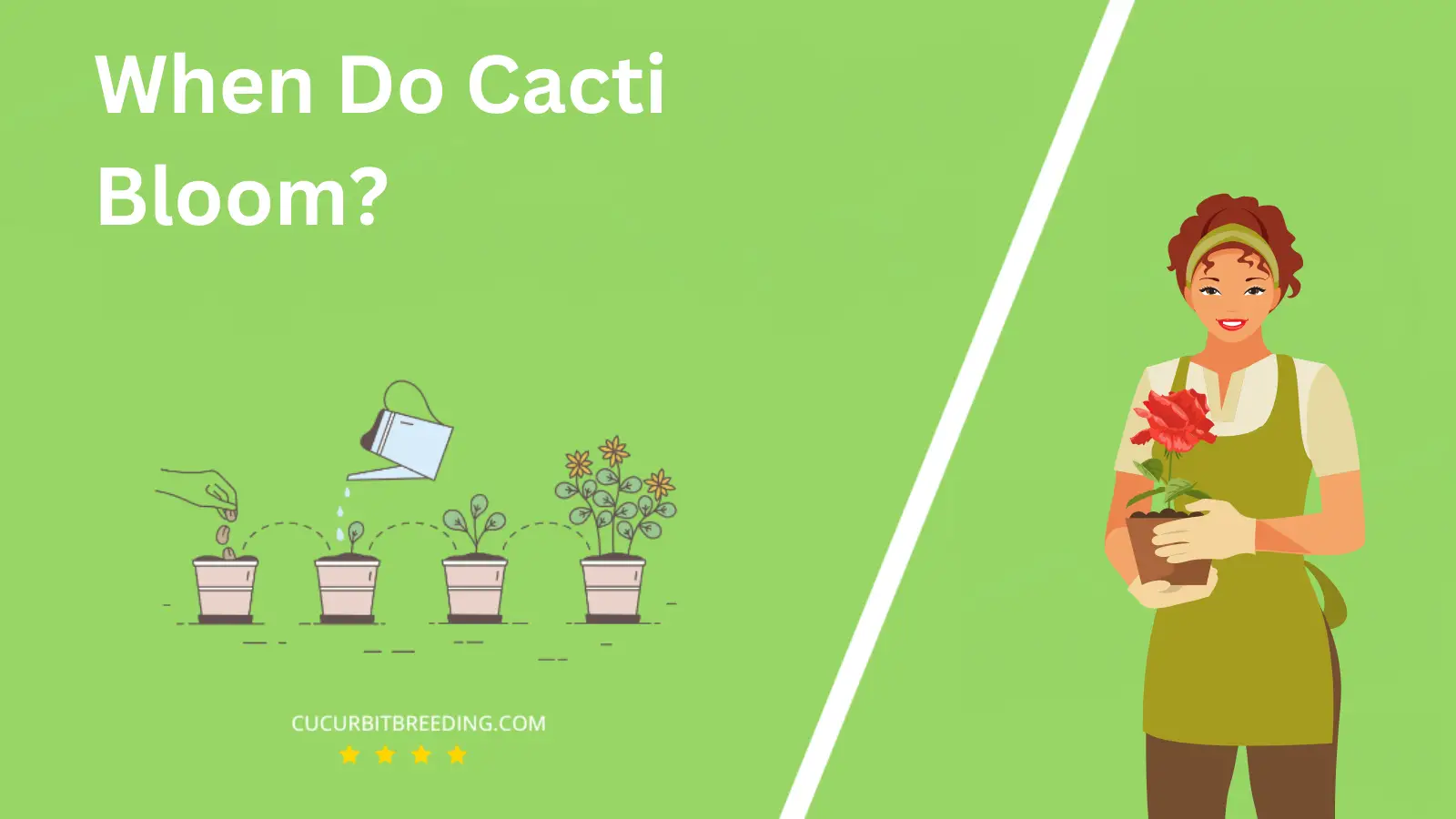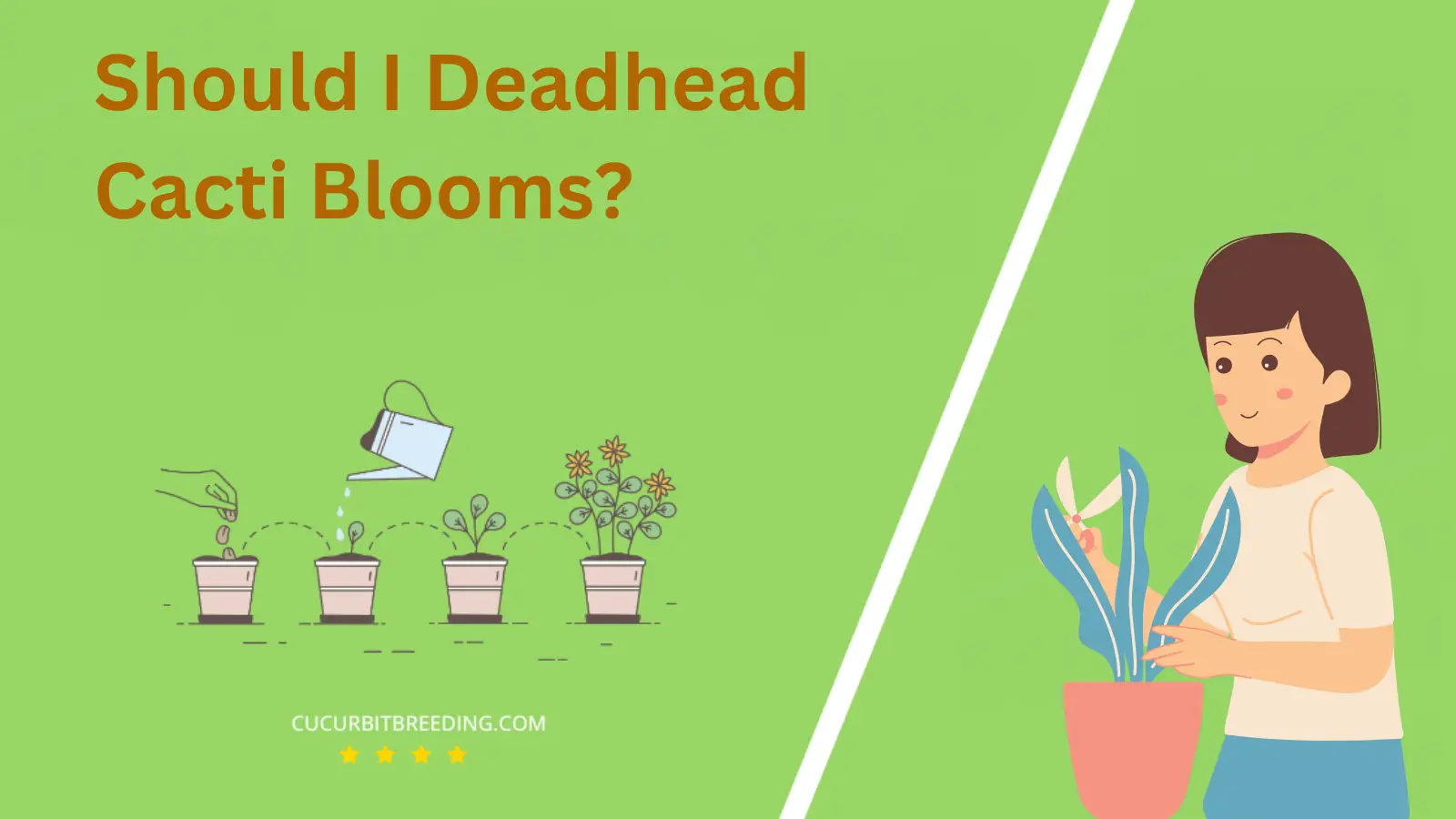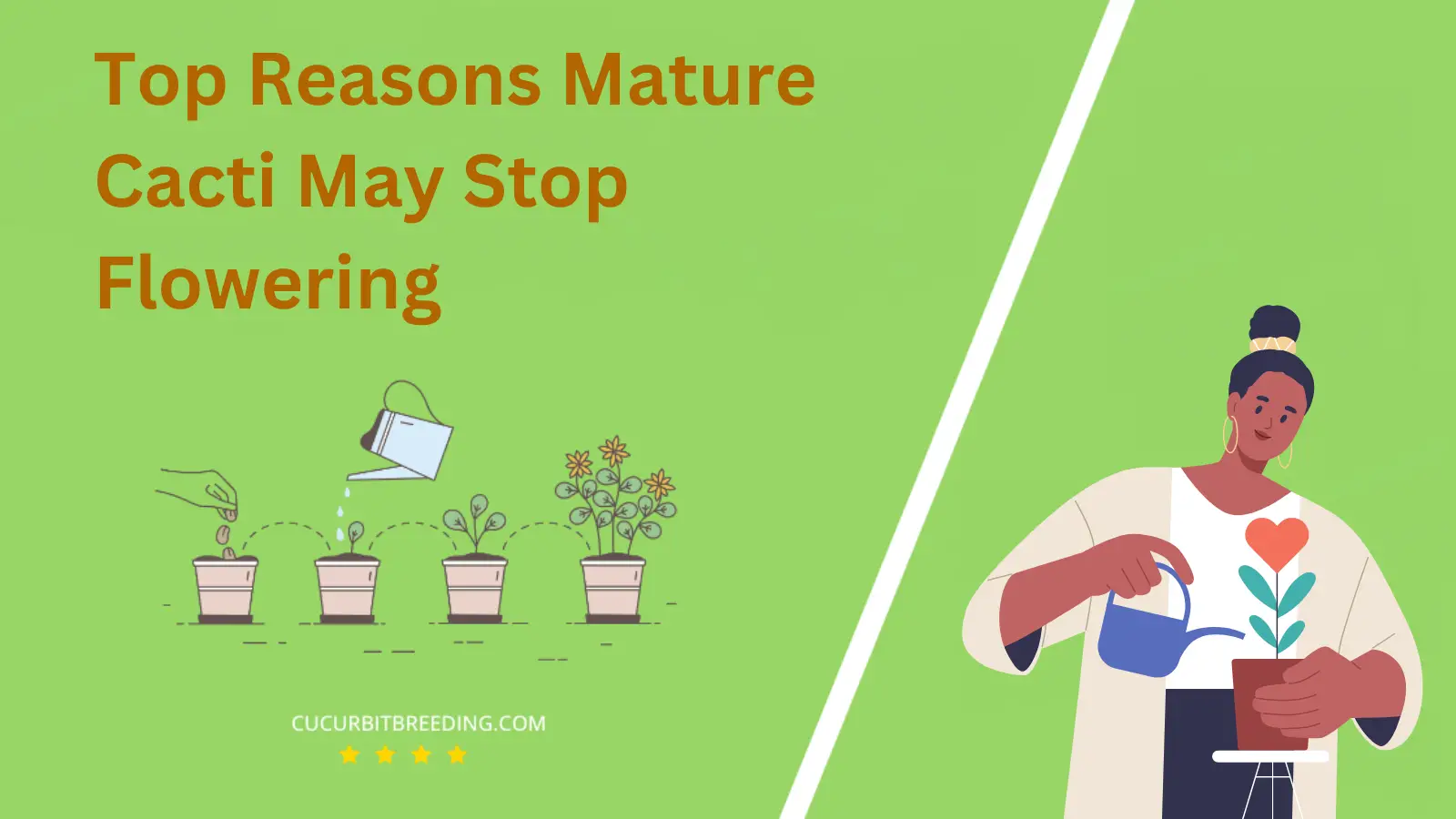
For those captivated by the paradoxical beauty of cacti, a common question arises – “When do cacti bloom?” Delve into the world of these resilient plants, known as much for their prickly exterior as for their stunning flowers.
As intriguing as they are, cactus blooms are dictated by a variety of factors, including species, age, and climate. Stay with us as we explore this fascinating phenomenon.
When Do Cacti Bloom?
Cacti typically bloom in the warmer months of the year, often between spring and early summer. However, the exact timing can vary depending on the specific species of cactus and its environment. Some cacti may bloom in late winter, while others might not bloom until late summer. It is key to note that cacti need specific light, temperature, and moisture conditions to bloom, so indoor cacti may not adhere to the same schedule as outdoor cacti.
| Stage | Description |
|---|---|
| Germination | Varies (typically spring to summer) |
| Growth | Spring (March-May) |
| Blooming | Spring (March-May) |
| Dormancy | Winter (December-February) |
How Long Do Cacti Bloom?
The blooming period of a cactus varies widely based on the species and its environmental conditions. However, in general, most cacti bloom for a short period of time, usually between one day to a week. Some cacti bloom repeatedly throughout the warm months, while others only produce a flower once in their life. Remember, cacti often require specific conditions to bloom, such as specific light levels, temperatures, and watering schedules.
How Light Affects Cacti Blooms?
Light plays a crucial role in the blooming of cacti. Cacti, by nature, thrive in bright conditions and require a good amount of light to produce flowers. The process of photosynthesis, which converts light energy into chemical energy, is vital for the growth and bloom of the cactus. When light is insufficient, the cactus may not bloom or may produce fewer flowers. Furthermore, the angle and intensity of light can affect the shape and color of the blooms. However, too much direct sunlight can also be harmful and cause the cactus to burn or its colors to fade.
Will Cacti Bloom the First Year You Plant Them?
Generally, cacti will not bloom in their first year of being planted. Cacti, like many other plants, have a maturation period they need to reach before they can produce flowers. This period varies widely among species, but on average it is typically several years. Therefore, it’s unlikely to witness a cactus bloom in its first year of being planted. That said, with optimal care and environment, some cacti might surprise you.
Will Cacti Bloom Every Year?
Yes, cacti do bloom every year, but only when they have reached a certain level of maturity. The blooming process also depends on the species of the cactus and the conditions in which it is grown. Optimal sunlight, temperature, and watering conditions are crucial for cacti to bloom annually.

Should I Deadhead Cacti Blooms?
Yes, you should deadhead cacti blooms. Deadheading, or removing spent flowers, helps redirect the plant’s energy towards growth and the production of new blooms. However, the process should be carried out with caution given the plant’s prickly nature. Specialized tools like tweezers or tongs can be used to safely remove wilted or dried flowers without injuring yourself or damaging the plant.
Top Reasons Mature Cacti May Stop Flowering

Mature cacti may stop flowering due to several reasons. Insufficient light exposure is a major factor. Cacti need plenty of sunlight to bloom, so a change in location or season can affect their flowering. Improper watering, either too much or too little, can also inhibit flowering. Overwatering can lead to rot, while underwatering can cause dehydration.
Another reason is incorrect temperatures. Cacti generally prefer warmer temperatures during the day and cooler ones at night. If these conditions are not met, the cactus may not flower. Additionally, poor nutrition can cause a lack of blooms. Cacti require specific nutrients, especially phosphorus, to produce flowers.
Lastly, age and maturity could be a factor. Some varieties of cacti may not bloom until they have reached a certain age or size. Also, stress from repotting or drastic environmental changes can cause a cactus to stop flowering.